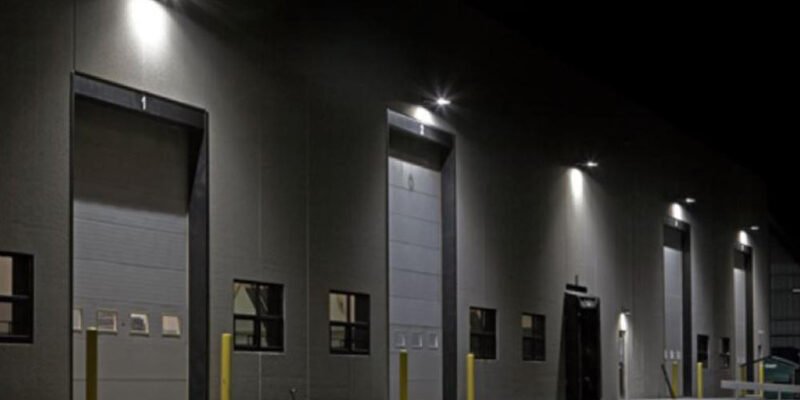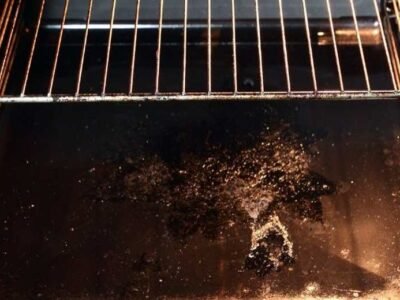LED wall pack lights have emerged as a revolutionary lighting solution, transforming the way we illuminate outdoor spaces. This comprehensive article explores the various aspects of LED wall pack lights, including their technology, benefits, applications, installation considerations, and their impact on energy efficiency and environmental sustainability. With a focus on the advantages and versatility of LED wall pack lights; this article aims to provide readers with a comprehensive understanding of this innovative lighting solution.
Technology behind LED Wall Pack Lights
Light Emitting Diodes (LEDs)
The technology behind LED wall pack lights is based on light-emitting diodes (LEDs). LEDs are semiconductor devices that convert electrical energy into light through a process called electroluminescence. This technology has revolutionized the lighting industry by offering numerous advantages over traditional lighting sources.
LEDs are small, solid-state devices that emit light when an electric current passes through them. They consist of a semiconductor chip embedded in a reflective cup, surrounded by a transparent epoxy lens. The chip contains layers of different materials, including a p-type semiconductor and an n-type semiconductor, separated by a junction.
When a voltage is applied to the LED, electrons from the n-type region and holes from the p-type region recombine at the junction. This recombination releases energy in the form of photons, which are the basic units of light. The color of the emitted light depends on the materials used in the LED chip.
One of the key advantages of LED technology is its energy efficiency. LEDs convert a higher percentage of electrical energy into visible light compared to traditional lighting sources, such as incandescent or fluorescent bulbs. This efficiency translates into significant energy savings and reduced operating costs.
LED wall pack lights also offer superior longevity and durability. LEDs have an exceptionally long lifespan, often ranging from 50,000 to 100,000 hours or more. This is significantly longer than traditional lighting options, which may require frequent bulb replacements. The extended lifespan of LEDs reduces maintenance costs and minimizes disruptions to outdoor lighting operations.
Furthermore, LED wall pack lights are known for their high-quality light output. LEDs provide bright, uniform illumination with high color rendering index (CRI). CRI is a measure of how accurately colors are rendered under the light source compared to natural sunlight. LEDs typically have a CRI above 80, ensuring that objects appear true to their actual colors.
LED technology also offers excellent control over light output. LEDs can be dimmed, allowing for adjustable brightness levels based on specific lighting requirements. This flexibility enables energy savings and customization options for different applications.
To optimize the performance of LED wall pack lights, additional components and design considerations are incorporated. Optics, such as lenses, reflectors, and diffusers, help shape and distribute the emitted light effectively. These optical elements play a crucial role in achieving the desired light distribution pattern, minimizing glare, and reducing light pollution.
Heat dissipation is another critical aspect of LED wall pack light design. LEDs generate heat during operation, and excessive heat can degrade their performance and lifespan. To address this, LED wall pack lights are designed with efficient heat sinks and thermal management systems. These components help dissipate heat and keep the LEDs cool, ensuring stable performance and maximizing their longevity.
Overall, the technology behind LED wall pack lights, centered on light-emitting diodes, offers significant advantages in terms of energy efficiency, longevity, light quality, and control. This makes LED wall pack lights a preferred choice for outdoor lighting applications, providing enhanced visibility, cost savings, and environmental sustainability.
Benefits of LED Wall Pack Lights
Energy Efficiency
LED wall pack lights offer remarkable energy efficiency compared to traditional lighting technologies. They convert a higher percentage of electricity into visible light, reducing energy consumption and lowering operating costs. LED lights can achieve energy savings of up to 70% or more, making them an economic choice for outdoor lighting applications.
Longevity and Durability
LED wall pack lights have an exceptionally long lifespan compared to traditional lighting sources. LEDs can operate for tens of thousands of hours, significantly reducing the frequency of bulb replacements. This longevity not only saves maintenance costs but also minimizes disruption to outdoor lighting operations. LED lights are also highly durable, resistant to shocks, vibrations, and extreme weather conditions, making them suitable for outdoor environments.
Superior Light Quality
LED wall pack lights provide superior light quality with high color rendering index (CRI) and consistent color temperature. They produce bright and uniform illumination, enhancing visibility and safety in outdoor areas. LED lighting also offers instant and flicker-free illumination, improving the visual comfort for both pedestrians and drivers.
Versatility and Customization
LED wall pack lights come in a variety of designs and configurations, offering versatility in terms of light distribution, beam angles, and mounting options. They can be customized to meet specific lighting requirements, ensuring optimal performance for different outdoor applications. Whether it’s wide-area illumination, accent lighting, or security lighting, LED wall pack lights can be tailored to suit various needs.
Environmental Sustainability
LED wall pack lights contribute to environmental sustainability in multiple ways. Their energy efficiency leads to reduced greenhouse gas emissions, helping combat climate change. Additionally, LED lights are free from harmful substances like mercury and lead, making them safer for the environment. The long lifespan of LED fixtures also reduces waste generation compared to shorter-lived traditional lighting options.
Installation Considerations
Mounting Options
LED wall pack lights offer various mounting options, including surface-mounted, recessed, and pole-mounted installations. The choice of mounting depends on the specific requirements of the application, the desired lighting distribution, and the structure of the building or outdoor area.
Light Distribution and Coverage
Proper light distribution and coverage are crucial for achieving optimal lighting results. LED wall pack lights are available in different beam angles, allowing for precise control of light distribution. It is essential to consider factors such as mounting height, desired illumination levels, and the area to be lit when selecting the appropriate beam angle for a given application.
Photocells and Motion Sensors
To maximize energy savings and optimize lighting control, LED wall pack lights can be equipped with photocells and motion sensors. Photocells enable automatic on/off switching based on ambient light levels, ensuring lights are only active when needed. Motion sensors detect movement and activate the lights, further enhancing energy efficiency and security.
Maintenance and Lifespan
LED wall pack lights require minimal maintenance compared to traditional lighting fixtures. The long lifespan of LEDs reduces the frequency of bulb replacements, saving time and labor costs. Additionally, LED lights are resistant to vibration and impact, reducing the risk of damage and the need for frequent repairs. Routine maintenance typically involves cleaning the fixtures and inspecting for any signs of wear or damage.
Conclusion
In conclusion, LED wall pack lights offer a versatile lighting solution for a wide range of outdoor applications. Their efficiency, durability, and customizable features make them suitable for commercial, industrial, security, and architectural lighting needs. LED wall pack lights not only provide ample illumination but also contribute to energy savings, reduced maintenance costs, and enhanced safety and security in outdoor spaces.














Comments